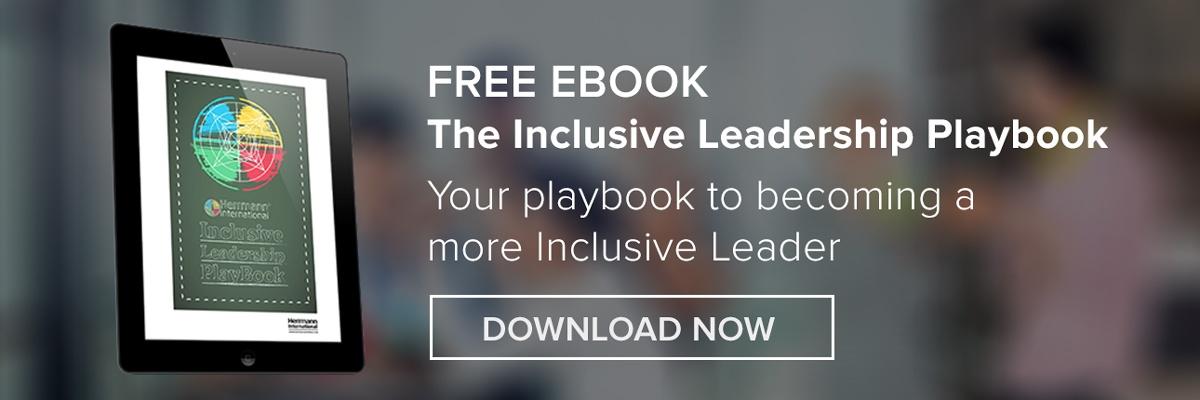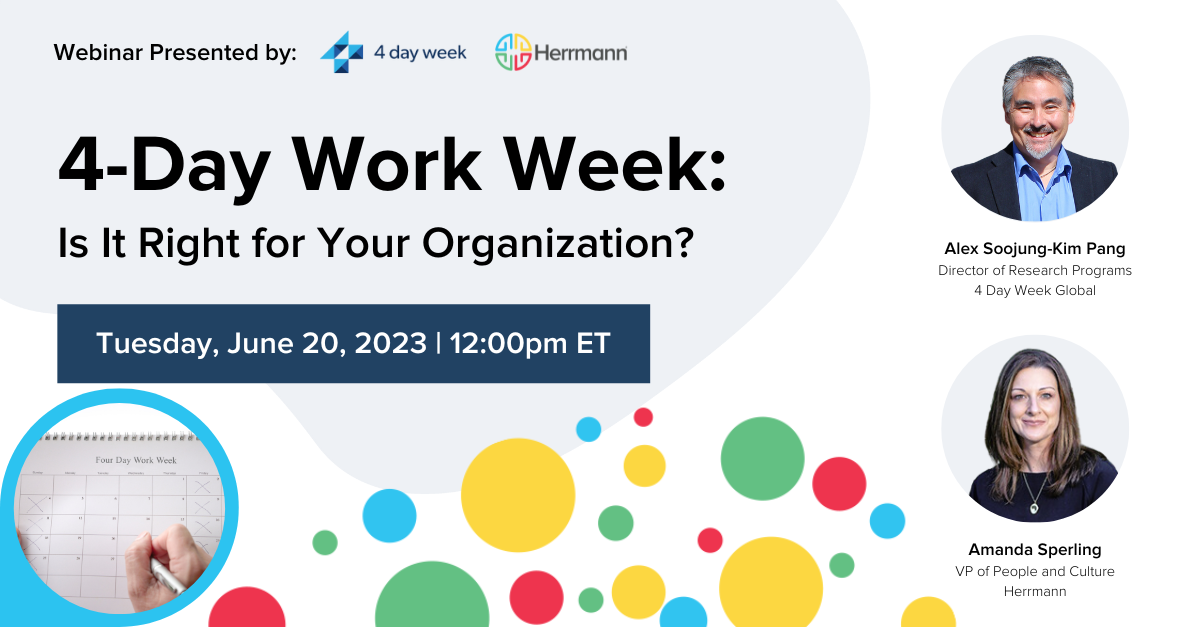On day one of men’s tennis action at this year’s Olympics, American Jack Sock, ranked 23rd in the world, was quickly eliminated from singles competition after he lost in straight sets to 118th-ranked Taro Daniel of Japan.
It wasn’t his first setback.
Just one day before he was scheduled to leave for Rio, Sock was diagnosed with walking pneumonia. But neither the coughing and aching or the first-round loss would knock him down for long.
On day seven, Sock stood at the podium, an Olympic medal being placed around his neck as he and his partner Steve Johnson took home the bronze in men’s doubles.
Two days later, Sock would be wearing Olympic gold. He and his mixed-doubles partner Bethanie Mattek-Sands prevailed in a historic all-USA match, beating four-time Olympic gold medalist Venus Williams and her partner Rajeev Ram.
What’s most amazing about this comeback is that it is one of many stories of resilience and bouncing back from failure that emerge every four years at the Olympics. Whether from injury, illness, defeat or bad luck, these world-class athletes find ways to adapt, push through and fail forward.
In the business world, failure is typically something to be feared. There’s no room for error and little tolerance for getting it wrong. But for most organizations, this is a philosophy that is going to—if it hasn’t already—backfire, and in some pretty significant ways.
We live in a world of constant change. Not only will we struggle to compete and win by taking the low-risk, high-probability path every time, “high probability” is no longer a sure bet. But maybe we can learn a thing or two from the example of these Olympic athletes. Learning and Development professionals can take the lead by helping learners and the organization as a whole begin to embrace failure as an essential building block to future success.
Help Your Learners Override the Fear of Failure
Fear of failure is based on our perceptions of how other people will react. This is a thinking process; it’s inside our head. That means we can control it! Here are some tips for helping you and your learners override the fear of failure.
Tip: Reframe failure as part of the development process.
"I have not failed. I've just found 10,000 ways that won't work." –Thomas A. Edison
Learning professionals need to take the lead in reframing failure to be part of the development process. Too often, failure becomes a limiting rather than a learning experience. The negative consequences cause people to take fewer risks going forward, and the damage can be two-fold: fewer breakthrough ideas and solutions as well as fewer opportunities to learn and grow.
Sign up to our newsletter for the latest insights
This will require shifting mindsets at a cultural level in terms of how people react to their own and others’ mistakes. Changing mindsets isn’t easy, but the payoff is worth it. When learners view setbacks as an opportunity to grow and improve, they will enhance their growth mindset, which builds resilience and fosters lifelong learning.
Tip: Create safety around trying things out.
Promoting a culture of experimentation, by creating safety around trying things out, is equally important. A “fail fast, fail cheap” approach helps make it acceptable for people to pilot ideas, to test things…and to fail.
Take a page from the world of IT development where “agile” is the mantra and processes have regular checkpoints built in to allow for future-proofing the product along the way.
Viewing projects as experiments also makes it easier to focus on finding the lessons in failure. By looking at their activities as experiments, scientists are able to celebrate failure because it teaches them something. When we adopt this perspective, failure becomes a learning experience rather than a limitation. We open another door to new solutions and agile thinking.
Encourage people to look at risk as a scientist would. Scientists look at everything as an experiment, and this means failure is good—because it teaches us something.
Tip: Bring it back to process.
Sure, taking home the gold is the ultimate Olympic goal. But most highly resilient athletes are able to keep pushing forward because they keep focused on the process. That’s what gets them through the setbacks and prevents them from becoming consumed by thoughts of past (or potential) mistakes or bad breaks.
World-class athletes train their mindsets as well as their bodies, and a big part of this is focusing on the components of the process—nutrition, workouts, mental agility—that give them the best odds of succeeding. (Brad Stulberg recently explored the benefits of this process focus in an article in New York magazine.) In business, where the vast majority of the work today is knowledge work, help your learners combat a fear of failure by giving them some Whole Brain® tools and processes to put their thinking styles to work in the most effective way. It will keep them anchored and focused rather than distracted by unproductive thinking.
Changing Mindsets About Failure
“It is very important to embrace failure and to do a lot of stuff—as much stuff as possible—with as little fear as possible. It’s much, much better to wind up with a lot of crap having tried it than to overthink in the beginning and not do it.” – Stefan Sagmeister
A recent ad by Canadian retailer Sport Check puts Olympic failure in the spotlight to powerful effect. Opening to a litany of missteps, mishaps and defeats, the narration proclaims, "We hope defeat is in your cards." And it's not for the reasons you think. As the voice over continues, we learn: "We wish this misery upon you…because it gives birth to brilliance." The message is clear: We need to change our mindsets about failure.
Finally, keep this in mind: Anyone who fails will be in pretty impressive company. Here's a great compilation of quotes from highly successful people who failed forward.
Creating a safe environment for failure is just one way to be an Inclusive Leader. Get your free playbook to find out how to take leadership to the next level!












